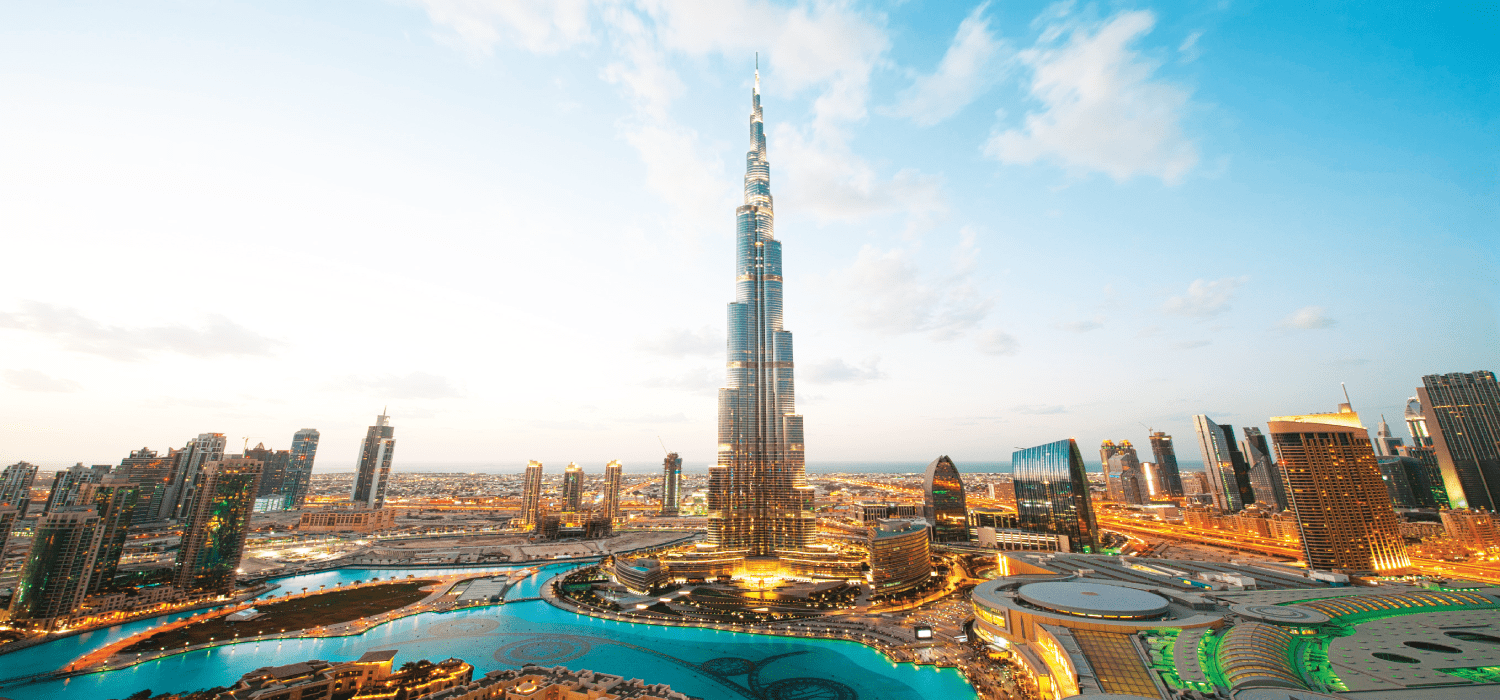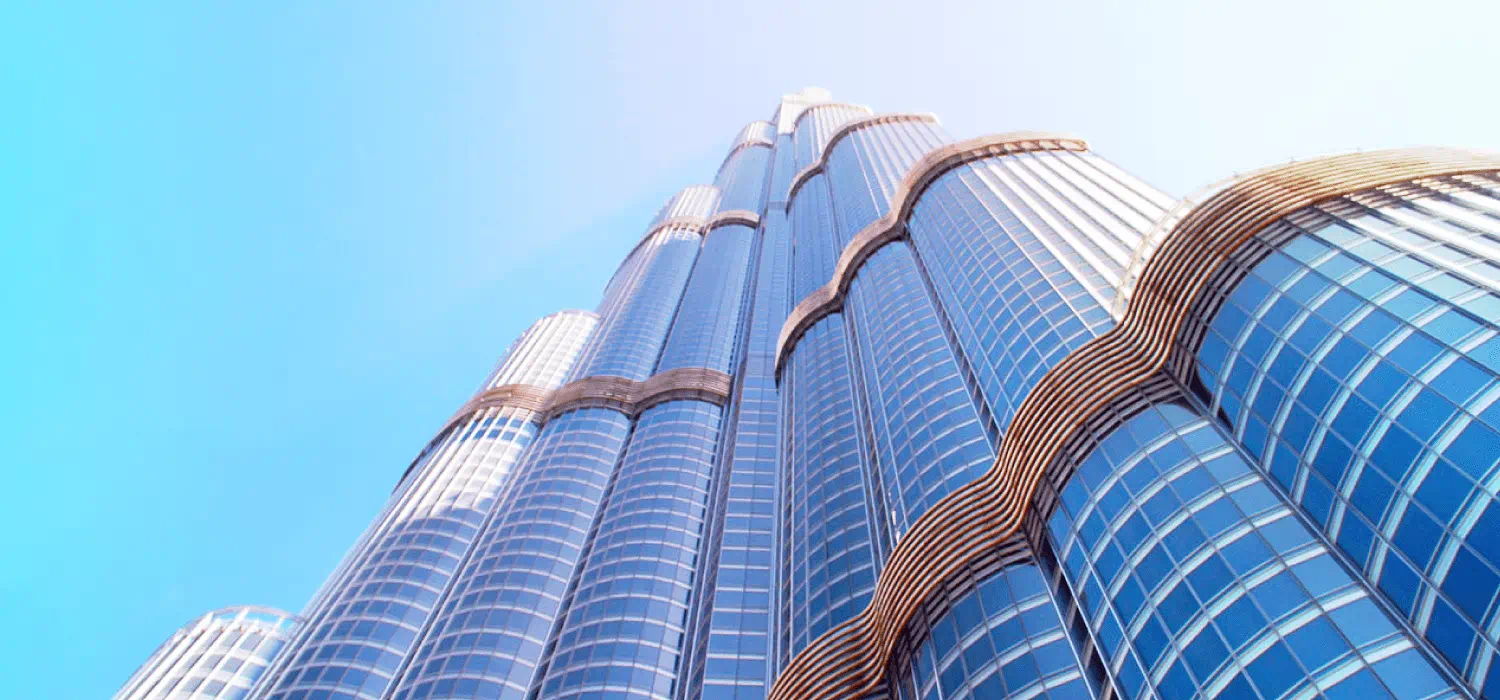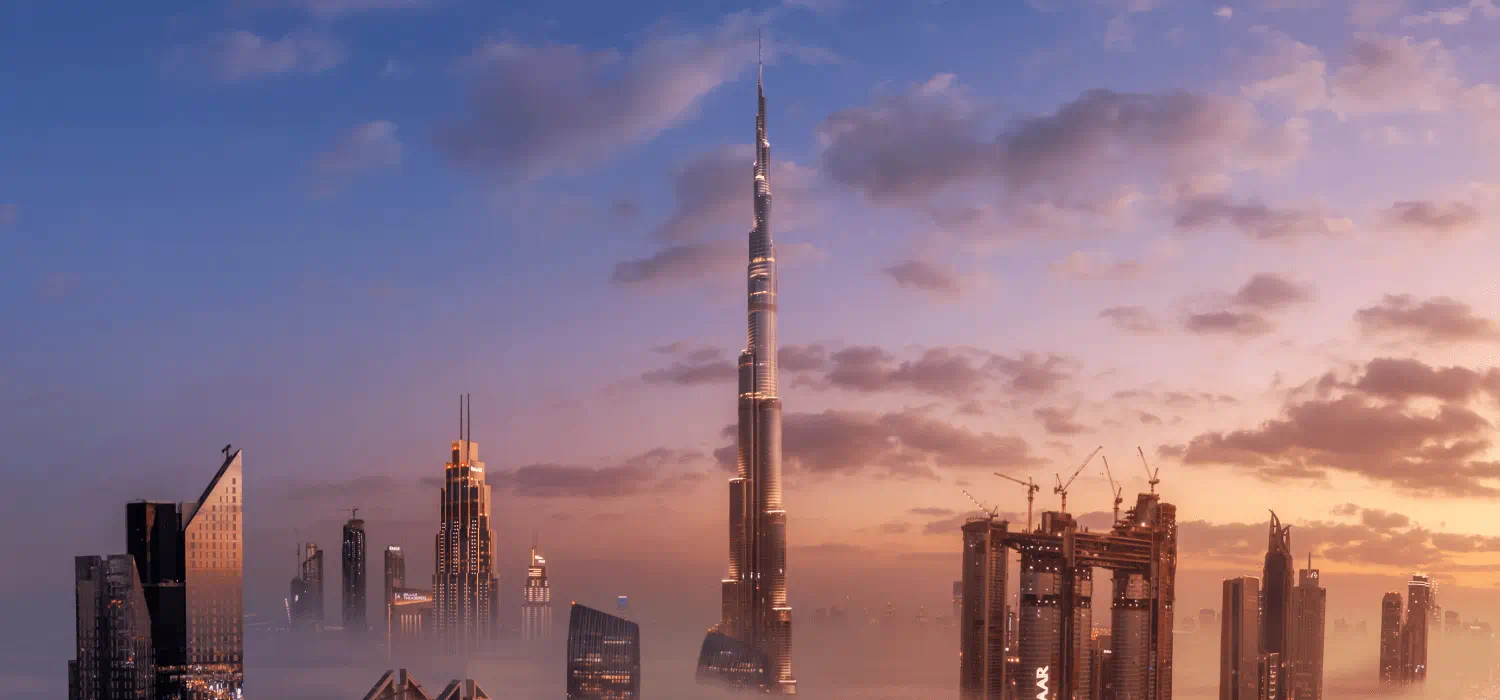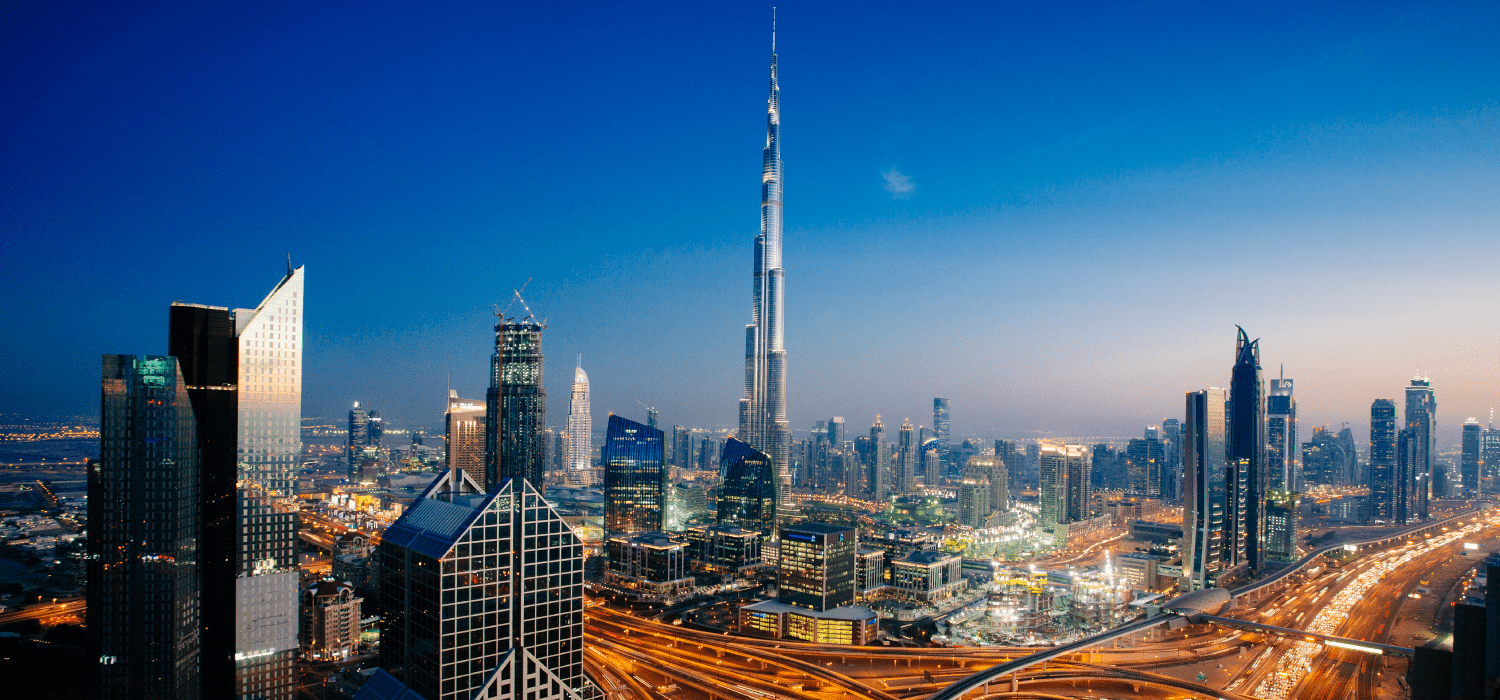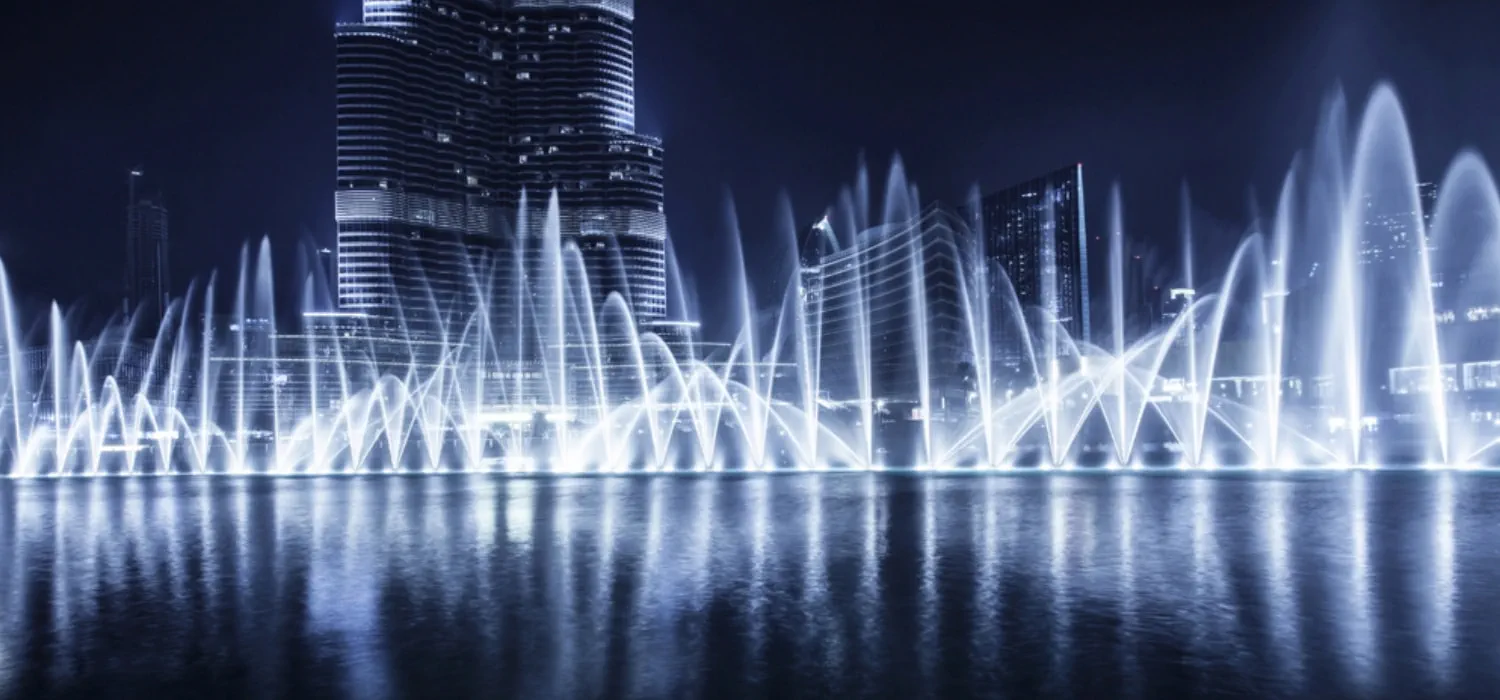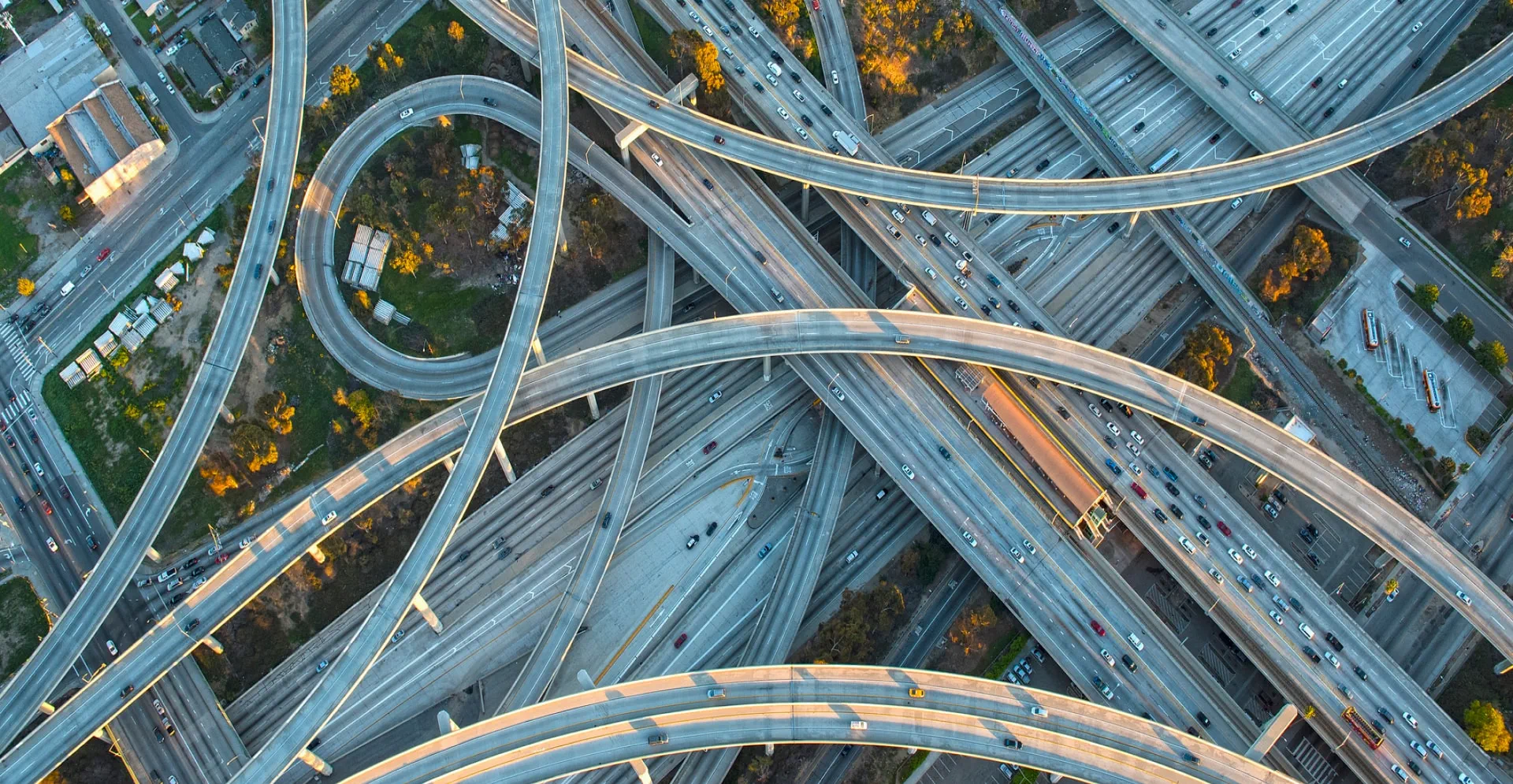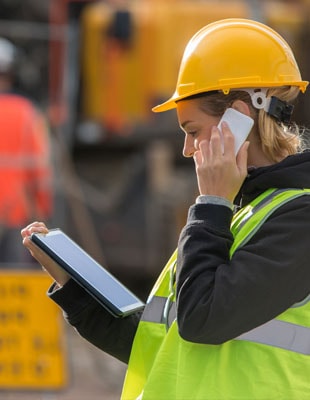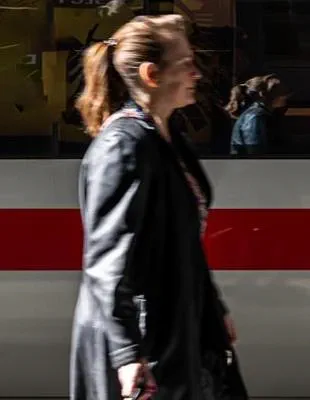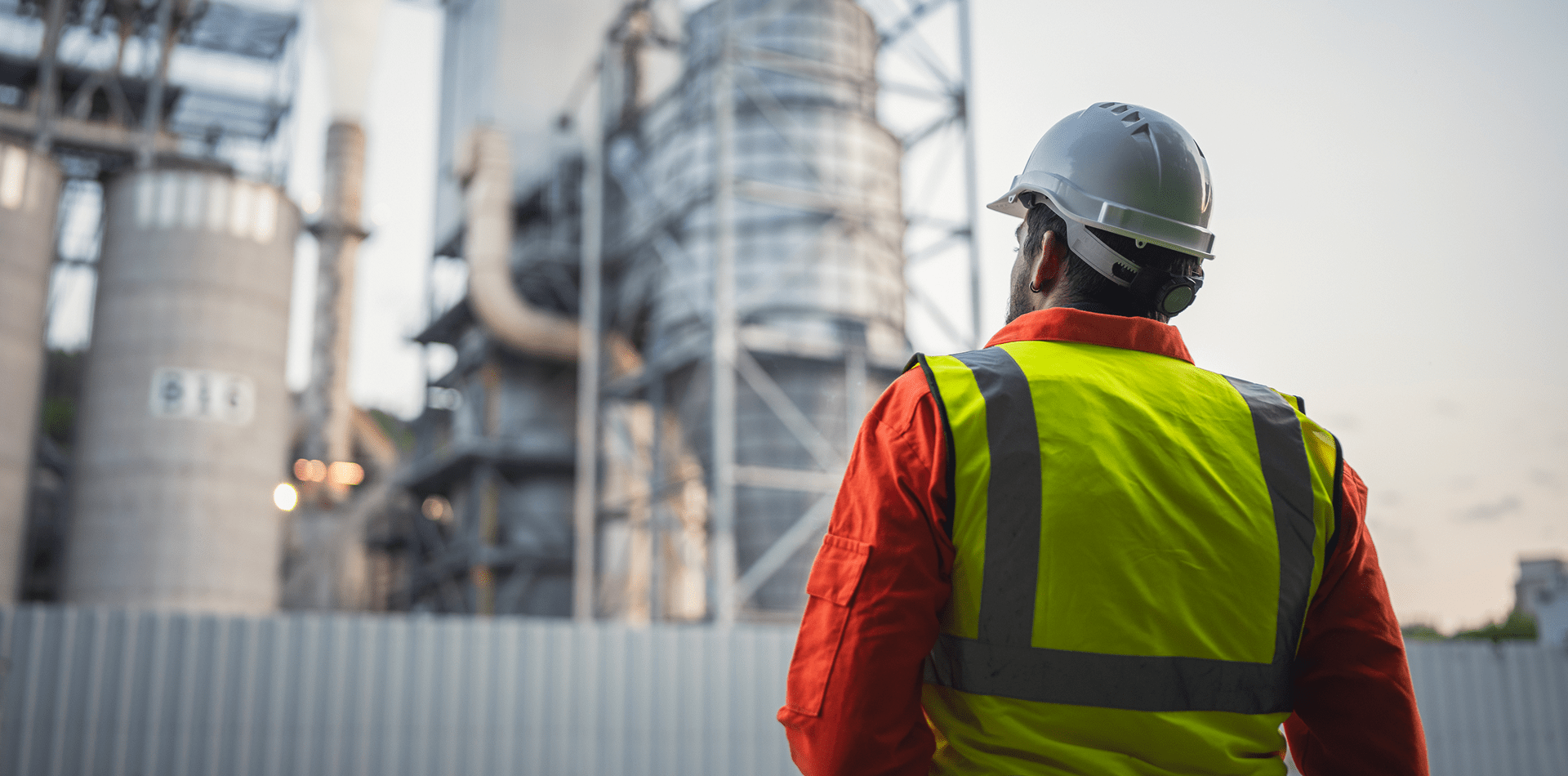Table of Contents
The challenge
How do you build a tower in a desert environment that will surpass all known tall buildings and free-standing structures in the world?
828m
in height
The challenge
His Highness Sheikh Mohammed bin Rashid Al Maktoum, Ruler of Dubai, had a vision. He wanted to transform Dubai into a world-class destination by building a modern city with everything life has to offer, and at the center of it all: Burj Khalifa — the world’s tallest building. More than the prestige and world record-breaking feats, he wanted this vision to translate into a source of inspiration and aim for new, literal, heights — a symbol of the Emirate’s emerging role in the global scene. The task at that time, however, was unimaginable — a design and engineering enigma.
The solution
By pooling our in-house knowledge and expertise across our global offices and working closely with the client, we were able to turn a seemingly impossible vision into reality.
160
story structure
The solution
Designed by Skidmore, Owings and Merrill Architects, Burj Khalifa stands 828m tall. Its height alone was already a source of many structural engineering complexities. Combined with the fact that about 35,000 workers and residents would be accommodated across a great number of residential, commercial and office spaces inside the tower once completed, safety and structural integrity quickly became a priority.
-
Read More
Due to the unusual and technically advanced nature of the project, Emaar Properties appointed Arcadis to conduct an independent peer review of the tower’s structural design and was later chosen as Architect and Engineer of Record. In carrying out these radical reviews, we used our in-depth knowledge of high-strength concrete behavior and introduced the need for a full fatigue design of the steel spire structure in collaboration with a site-based design and supervision team of the highest caliber. We also worked on the geotechnical design of the building’s foundations, which was highly commended at the 2008 Ground Engineering Awards. The project’s structure and complex MEP services brought technical and buildability challenges, but our team of internationally experienced engineers who are experts in ensuring technical accuracy and execution of tall buildings made sure that all issues were routinely resolved. Burj Khalifa was built long before the Middle East began to embrace a sustainable agenda, but that did not stop its developer from incorporating sustainability targets into its development. The environmental impact assessment we conducted helped in achieving the building’s sustainable design which includes a largescale solar collector surface that provides up to 25% of the tower’s hot water demand, lighting control systems and fittings that use low-carbon lamp technologies and high-frequency control gears, and automated solar shading blinds that help regulate temperature by reducing the amount of solar radiation absorbed in entrance lobbies, to name a few.

The impact
Standing almost 830m tall with more than 160 stories, Burj Khalifa has broken many world records while Downtown Dubai continues to serve as a symbol of Dubai's evolving role in the global scene.
36km/h
elevator speed
The impact
Burj Khalifa holds many world records from being recognized as the tallest building and free-standing structure in the world to having the most number of floors and one of the world’s tallest service elevators. It’s incredible to be part of a project that breaks world records, but it feels much better to see the project we helped build standing proud and tall in the middle of a desert environment, serving as a reminder of the global collaboration that was needed to bring it to life, and the great projects that can be accomplished even if they seem impossible at first.

Connect with Matthew Cross for more information & questions.
Matthew Cross, Buildings Business Director
Not done reading?
This also might be interesting for you
- Related Projects
- Related Insights
- Related Blogs


